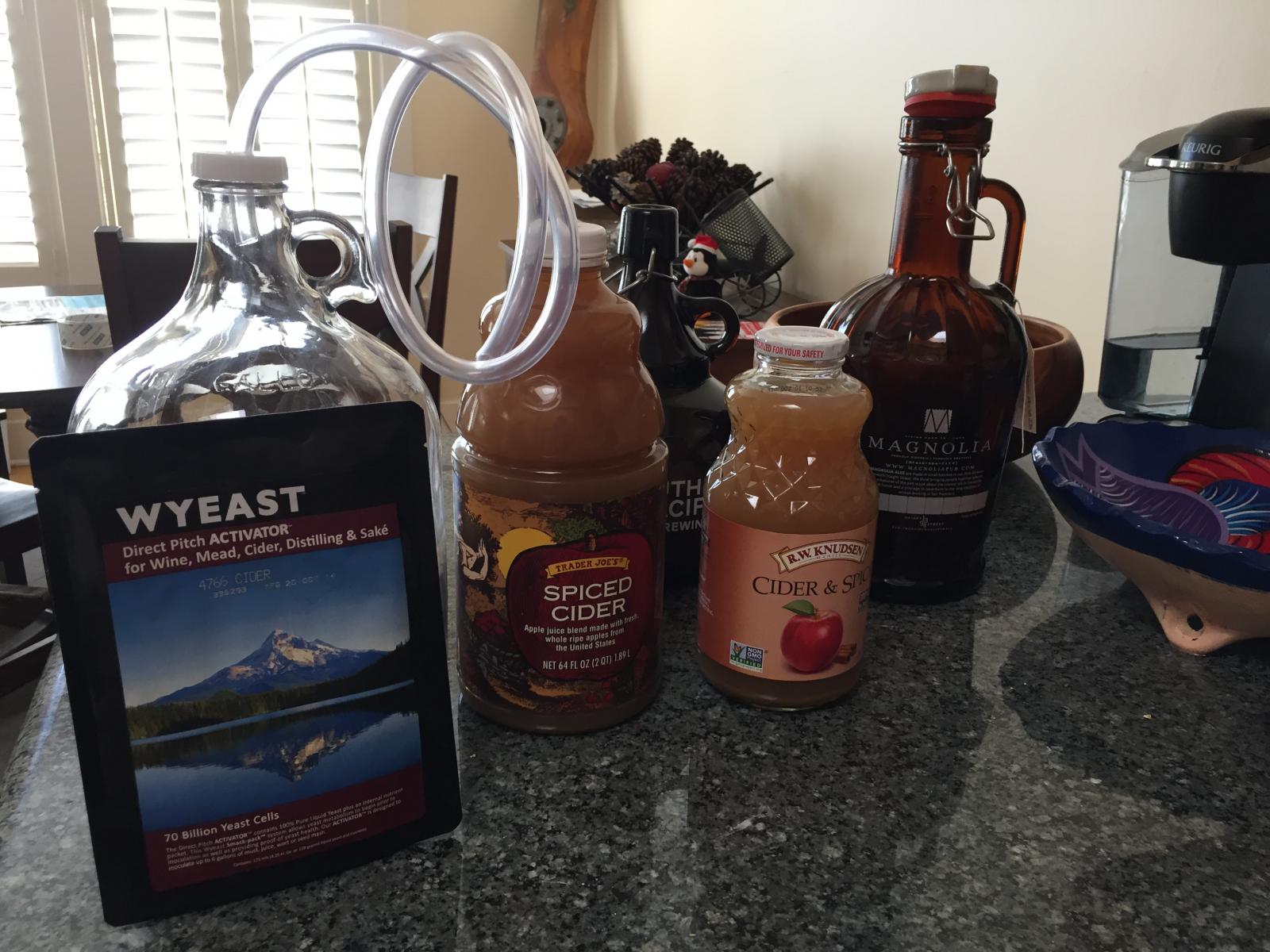airbrett
Well-Known Member
Using left over cider from the holidays, Trader Joe's spiced and another with the same ingredients. Wyeast 4766. 96 oz total in a 1 gallon glass jug.
Correct me if I'm wrong based on a short amount of research in the stickies, but after sanitizing everything I can basically just add the cider from the bottles to the jug as if it was cooled wort, shake to oxygenate, then pitch the yeast.
Also is secondary fermentation optional like it is with beer or highly recommended?
P.S. Don't judge but yes I still have a penguin with a Santa hat and holiday pinecones in the background. It's still technically Winter.

Correct me if I'm wrong based on a short amount of research in the stickies, but after sanitizing everything I can basically just add the cider from the bottles to the jug as if it was cooled wort, shake to oxygenate, then pitch the yeast.
Also is secondary fermentation optional like it is with beer or highly recommended?
P.S. Don't judge but yes I still have a penguin with a Santa hat and holiday pinecones in the background. It's still technically Winter.












![Craft A Brew - Safale S-04 Dry Yeast - Fermentis - English Ale Dry Yeast - For English and American Ales and Hard Apple Ciders - Ingredients for Home Brewing - Beer Making Supplies - [1 Pack]](https://m.media-amazon.com/images/I/41fVGNh6JfL._SL500_.jpg)














































